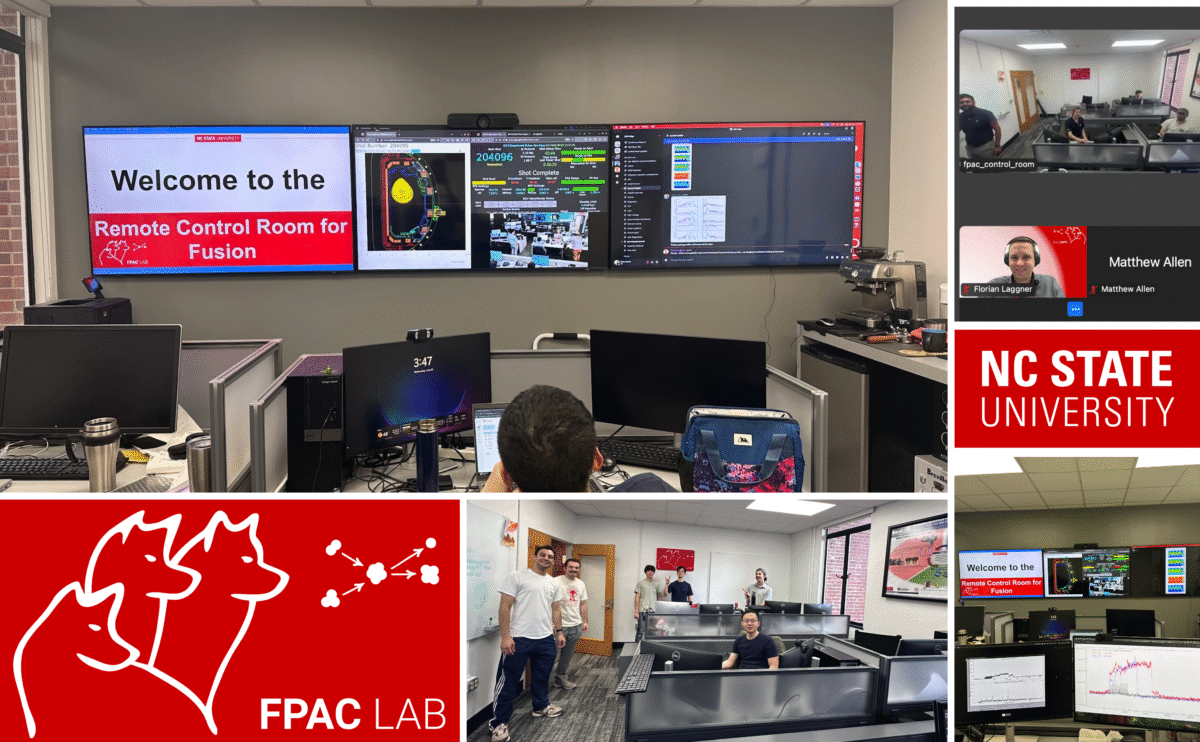Monitoring of breathing could help doctors better assess patients’ needs
 Dr. Hamid Krim, a professor of electrical and computer engineering, and Saba Emrani, a Ph.D. candidate, have developed an algorithm that can interpret the wheezing of patients with breathing difficulties and give medical providers more insight into what is happening in the lungs.
Dr. Hamid Krim, a professor of electrical and computer engineering, and Saba Emrani, a Ph.D. candidate, have developed an algorithm that can interpret the wheezing of patients with breathing difficulties and give medical providers more insight into what is happening in the lungs.
The work is part of research being done in the National Science Foundation Nanosystems Engineering Research Center for Advanced Self-Powered Systems of Integrated Sensors and Technologies (ASSIST) led by NC State.
This algorithm is designed to work in tandem with wearable technology that allows physicians to monitor patients’ breathing based on daily conditions.
“Researchers at ASSIST have developed wearable sensors that are powered by a patient’s body heat and can monitor the sound of a patient’s breathing,” said Krim. “Now, we’ve developed an algorithm that can assess the onset time, pitch and magnitude (or volume) of wheezing sounds to give healthcare professionals information about the condition of the lungs. This information, in turn, can be used to help doctors make more-informed decisions about diagnosis and treatment.”
Through their research, they plan on taking the sensors used to monitor breathing and transmit that information to a smart device, such as a smartphone. That data would then be calculated through the algorithm, and if it finds that there is a breathing problem, the smart device could then notify the patient and the medical provider.
The long-term goal is for the algorithm to be implemented on the sensor device itself and have it transmit an alert to the smart device only if it detects a problem.
“We have the sensors and we have the algorithm – and we know that they work – but we haven’t yet integrated them into a smart device. That’s next,” said Krim.
Return to contents or download the Spring/Summer 2016 NC State Engineering magazine (PDF, 3MB).
- Categories:


